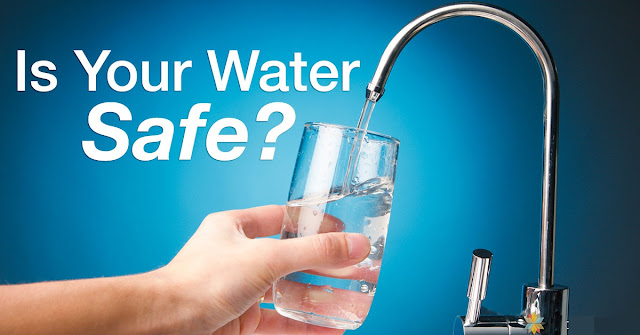Saturday, August 27, 2016
DRINKING WATER FOR MOM & BABY IN BREASTFEEDING PERIOD
Whenever a
mother is pregnant, she has to eat for two, i.e. herself and expecting a baby.
She continues even after delivery up to breastfeeding. A mother needs enough
food and drink to keep herself and her baby healthy.
It’s
important to get extra fluids when you’re breastfeeding. Although breast milk
is packed with nutrients and factors that help your baby build a strong immune
system, it is still 90% water. If your baby consumes 28-32 ounces of breast
milk a day, you’ll need to take in an additional quart of water to replace
those lost fluids.
On average, a
pregnant woman needs approximately 10 cups (2.3 Liters) of fluid per day. This
includes three to four glasses of milk or calcium-fortified soy beverage. One
or two glass fluid requirements can be fulfilled by fruit or vegetable juice,
herbal tea, rice drink or other non-alcoholic refreshment. Coffee and tea
covers this fluid requirement but is careful about its quantity due to
caffeine. Drinking water either bottled or tap water is a great way to
rehydrate during or between meals. So water should be pure not only for them
but also for babies.
Tuesday, August 16, 2016
New Filter can Rapidly Kill Bacteria Using Light from the SUN
About 663 million people in this world has little access to safe
drinking water, facing effective way to disinfect the drinking water for their
consumption. To address this problem, many researches have been done to develop
such a device which can disinfect the contaminated water by using natural
energy that is available in most climate. The disinfection device is powered by the sun, and can rapidly kill
bacteria to deliver safe drinking water.
Department of Energy's SLAC National Accelerator Laboratory and Stanford University in California has designed such solar energy device can disinfect water in a more efficient way. While other solar energy water purification system relies on ultraviolet light, which represents only four per cent of the total solar energy. This leads to a very slow treatment speed of up to 48 hours, limiting the amount of water people can disinfect.
To overcome this issue, the
researchers developed new materials that can harvest visible light – which
represents around 50% of solar energy - and speed up solar water purification.
Subscribe to:
Comments (Atom)


